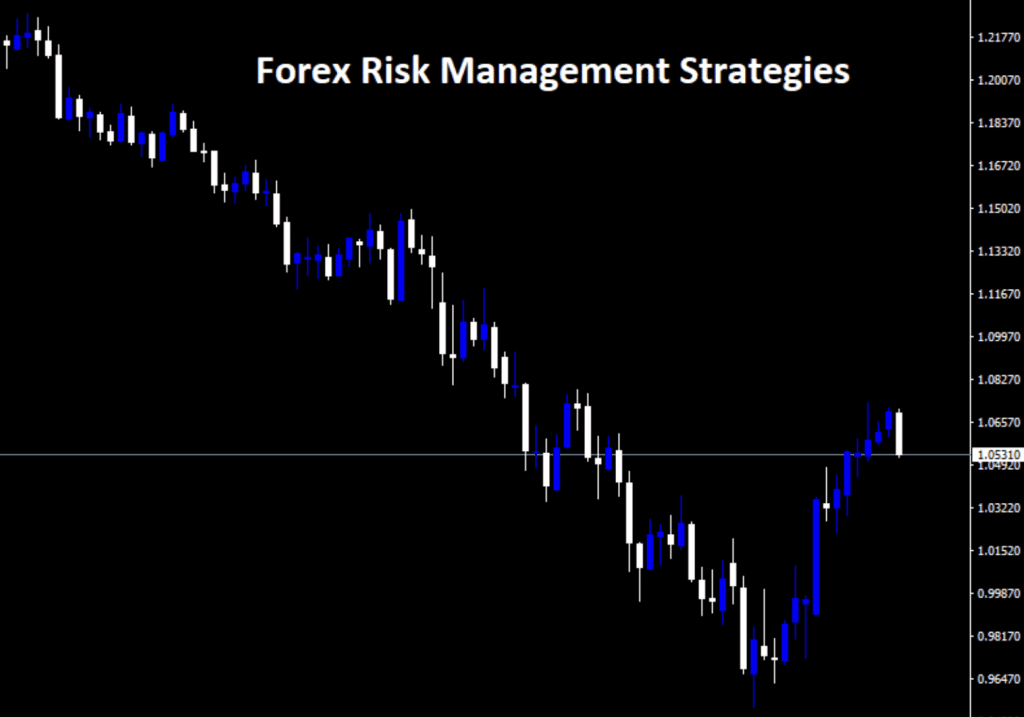Foreign Exchange (Forex) trading is a highly popular and lucrative investment option for traders worldwide. However, like any financial investment, Forex trading also carries a certain level of risk. The unpredictability of currency prices and the high leverage involved in Forex trading means that traders must take calculated risks and implement risk management strategies to minimize potential losses. In this article, we will explore the importance of risk management in cryptocurrency bitcoin and some effective risk management strategies.
The Importance of Risk Management in Forex Trading:
Forex trading involves buying and selling currency pairs with the aim of making a profit from the difference in exchange rates. However, currency prices can be highly volatile, and market conditions can change rapidly, making Forex trading a high-risk investment. Traders must understand the importance of risk management and have a clear understanding of their risk tolerance levels to succeed in Forex trading.
Risk management is the process of identifying, assessing, and mitigating potential risks involved in any investment. Effective risk management is crucial in Forex trading as it can help traders protect their capital and prevent significant losses. With proper risk management, traders can minimize their exposure to risk and create a more stable and profitable trading environment.
Risk Management Strategies in Forex Trading:
There are several risk management strategies that traders can employ in Forex trading. The following are some effective strategies that can help traders minimize potential losses and manage their risk exposure:
Setting Stop-Loss Orders:
A stop-loss order is a risk management tool that allows traders to set a predetermined exit point for a trade. This tool can be highly effective in limiting losses and protecting capital. Traders can set a stop-loss order at a specific price level, and if the price reaches that level, the trade is automatically closed. This tool can help traders exit losing trades quickly and prevent significant losses.
Using Trailing Stop-Loss Orders:
A trailing stop-loss order is a type of stop-loss order that allows traders to adjust the exit point as the trade moves in their favor. This tool can be highly effective in maximizing profits while limiting losses. Traders can set a trailing stop-loss order at a certain percentage or pip distance from the current market price. If the price moves in the trader’s favor, the trailing stop-loss order moves with it, allowing the trader to lock in profits.
Diversifying Your Portfolio:
Diversification is a fundamental risk management strategy that involves spreading your investments across different assets, markets, and industries. In Forex trading, diversification can involve trading multiple currency pairs and using different trading strategies. Diversification can help traders reduce their exposure to risk and minimize potential losses.
Using Leverage Wisely:
Leverage is a powerful tool in Forex trading that allows traders to control larger positions with a smaller amount of capital. However, leverage can also increase the risk of significant losses. Traders must use leverage wisely and understand their risk tolerance levels when using leverage. It is important to note that high leverage can result in large losses, and traders must be prepared to accept the risks involved.
Developing a Trading Plan:
A trading plan is a set of guidelines that outlines a trader’s trading strategy, risk management strategies, and goals. Developing a trading plan can help traders maintain a disciplined approach to trading and avoid impulsive decisions. A trading plan can also help traders identify potential risks and develop strategies to mitigate those risks.
Conclusion:
In conclusion, risk management is a crucial aspect of Forex trading. Traders must understand the risks involved in Forex trading and implement effective risk management strategies to minimize potential losses. Stop-loss orders, trailing stop-loss orders, diversification, using leverage wisely, and developing a trading plan are some effective risk management strategies that traders can employ in Forex trading. By implementing these strategies, traders can create a more stable and profitable trading environment and achieve long-term success in Forex trading. It is important to remember that Forex trading involves a certain level of risk, and traders must be prepared to accept the risks involved. With proper risk management, traders can protect their capital and minimize potential losses, while maximizing their chances of success in Forex trading. It is always recommended to seek the guidance of a professional financial advisor or a Forex trading expert before making any investment decisions. By adopting a disciplined approach to trading and implementing effective risk management strategies, traders can navigate the Forex market with confidence and achieve their financial goals.

